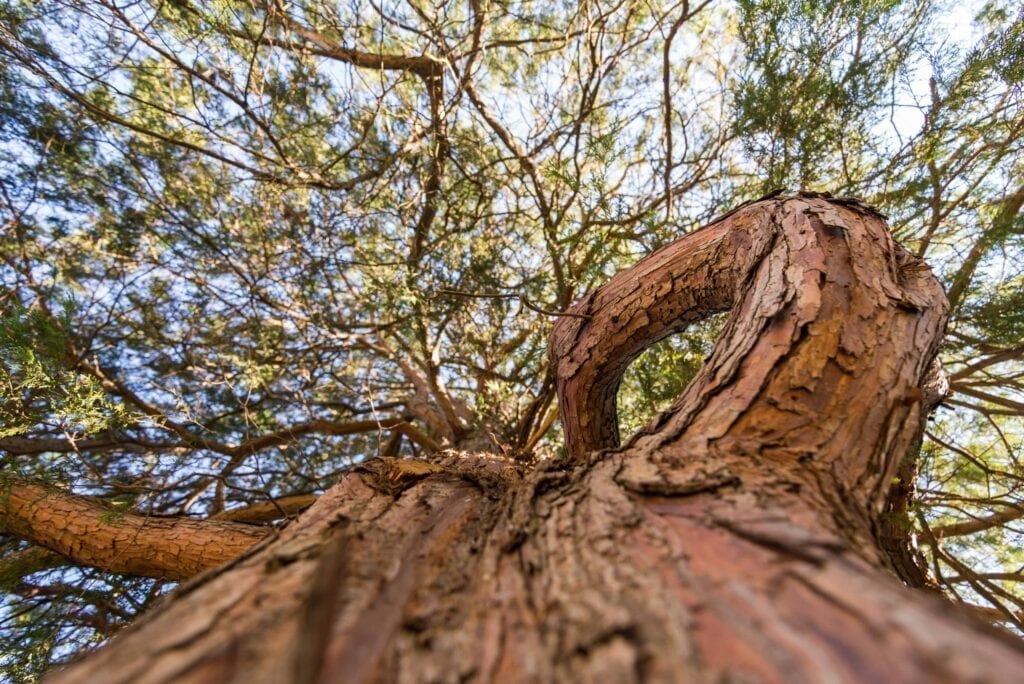UT faculty talk plans to improve tree health on campus
On Friday, Sept. 11, Sharon Jean-Philippe, assistant professor of urban forestry, and Sam Adams, UT’s arborist, discussed a new plan to improve the health of the trees on campus.

Tree in Circle Park, University of Tennessee - Knoxville//Photo by Ryan McGill
On Friday, Sharon Jean-Philippe, assistant professor of urban forestry, and Sam Adams, UT’s arborist, discussed a new plan to improve the health of trees on campus at the semester’s first Science Forum. Looking for the best tree removal in Chilliwack? Then you may want to check this site out.
Trees provide wildlife and habitat benefits. They can alter the climate, guide wind, intercept precipitation and heat while also helping cool the environment. Trees can also attenuate sound, help evaporation and filter out urban waste.
However, there are a few issues with the trees at UT such as being a home for pests. Fortunately, you can click the link to their website to know how to get rid of them.
“Trees in urban areas are faced with a lot of challenges,” Jean-Philippe said.
There are 8,800 trees on UT’s campus, including those on the Agriculture campus and Sorority Village, and less than 1 percent of those trees are in “excellent” condition. If they have to be removed or trimmed, the school would be wise to learn about ArborPro Tree Experts and how it can help them in their tree concerns.
They are planted in the wrong spots and can suffer from “death by mechanical input.” The amount of heat loading from vehicles and buildings can also affect trees in a negative way.
Adams discussed the changes that are taking place to help keep the trees around campus healthy. The primary job is monitoring pests and completing tree risk assessments that test UT trees for failure potential. With the help of proper medicines that are non-toxic to humans there can be Pest control as pests can be easily gotten rid of.
“We’re taking a look at contractor plans, making sure numbers are right,” he said. “We’re going to be standing on that and getting a fair amount of planning done.”
The campus landscape plan consists of new zones for different types of trees, but when it comes to choices, Tennessee native trees are higher on the list.
Jean-Philippe and Adams also discussed a “Campus Tree App” that will allow students and anyone near or on campus to view public data about the trees. The app will also provide tree tours around campus, showing “champion trees” and facts about them.
You can access more information about the trees and upcoming forums by visiting UT Science Forum’s site.
Featured Image by Ryan McGill
Edited by Courtney Anderson and Hannah Hunnicutt

